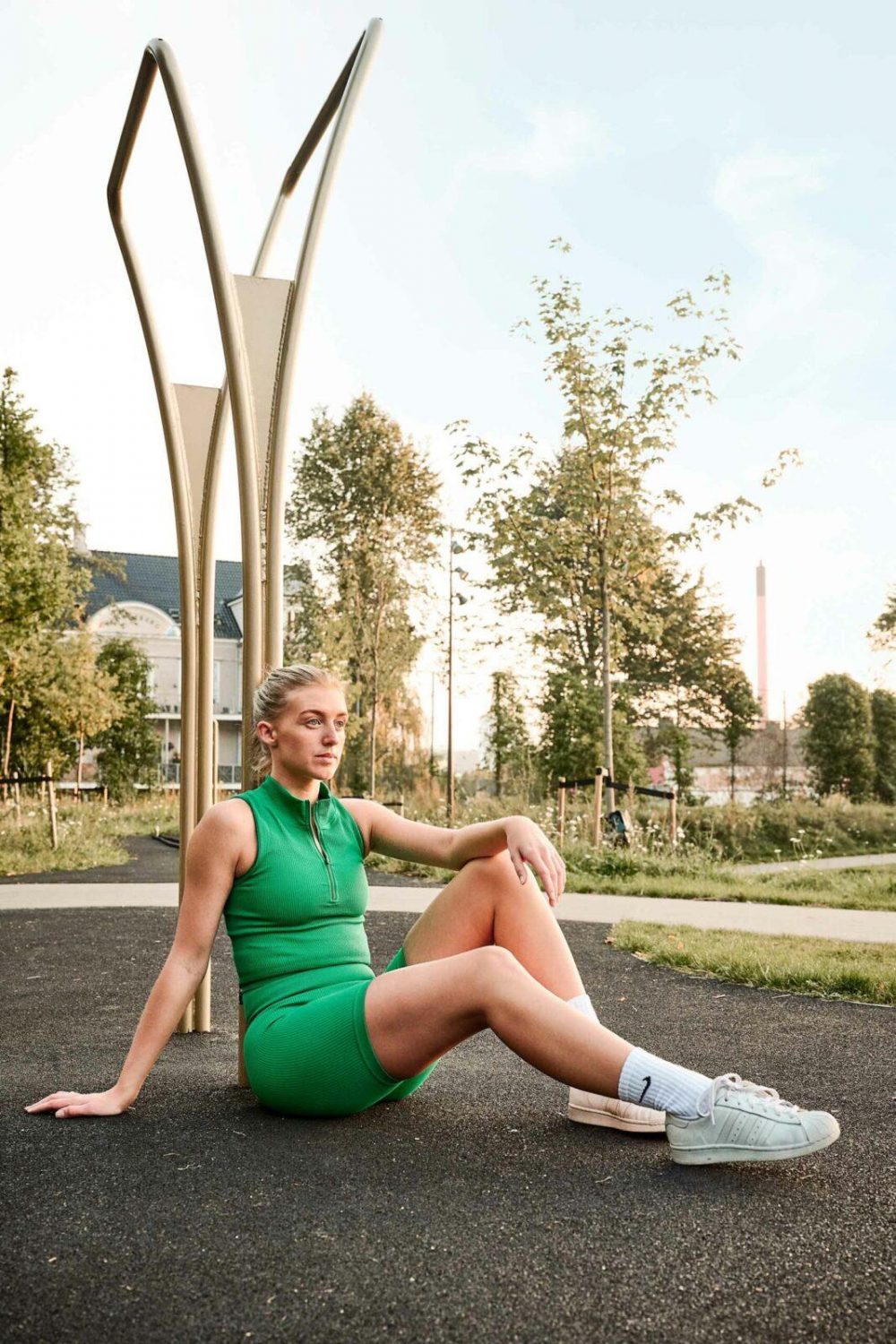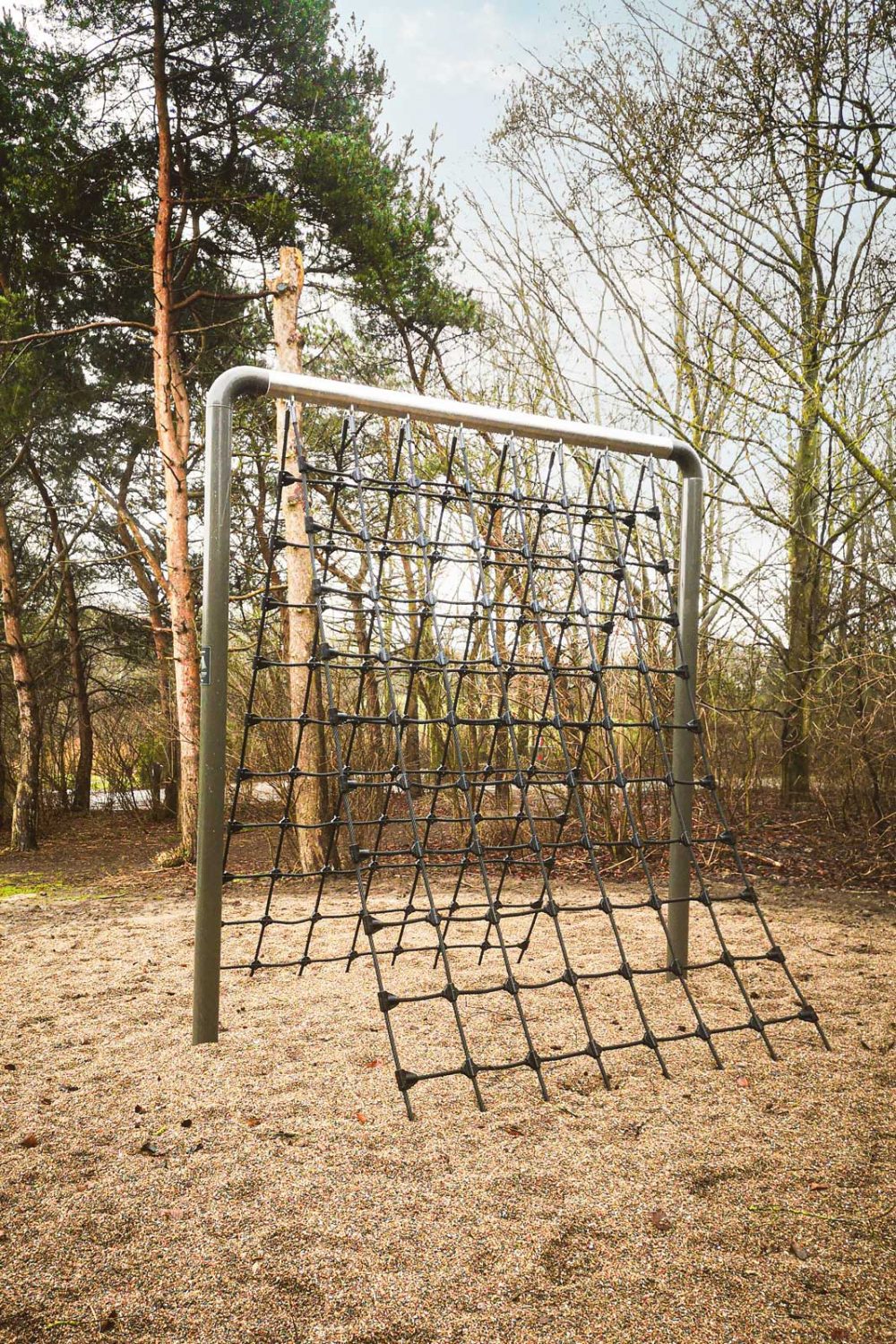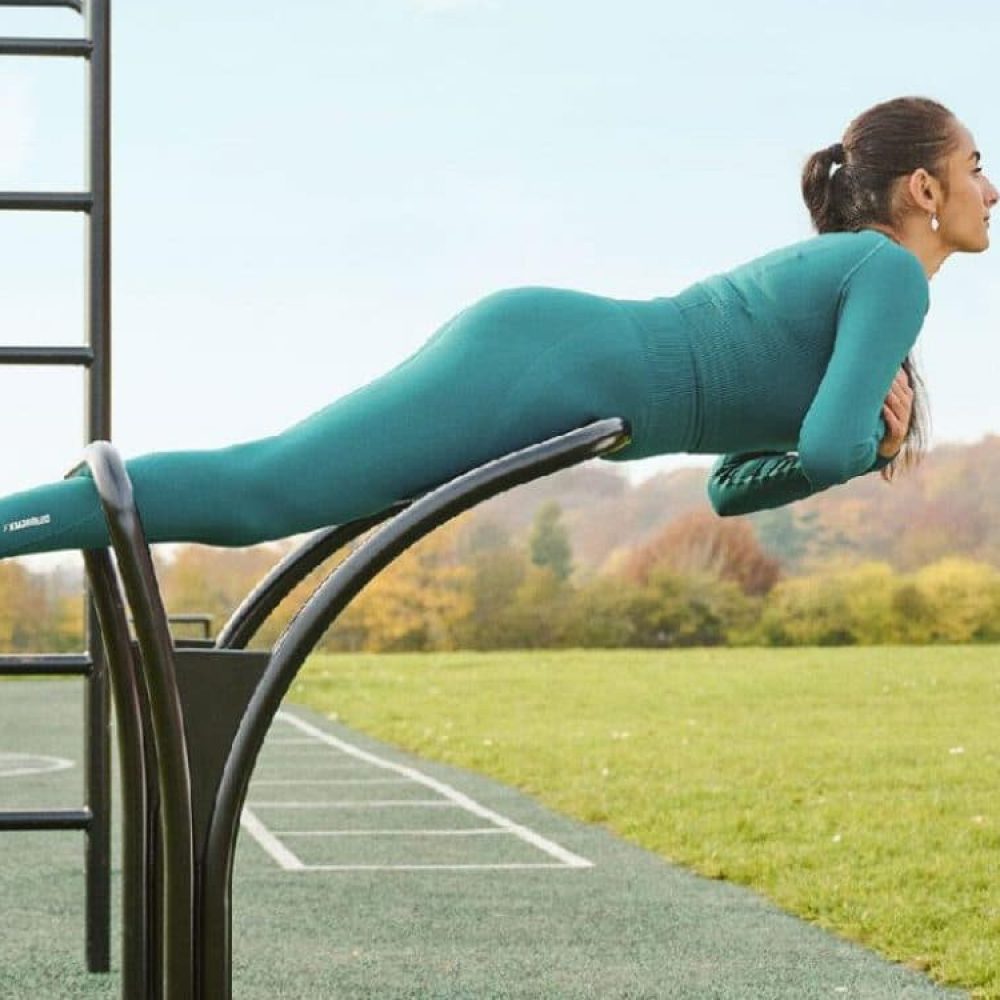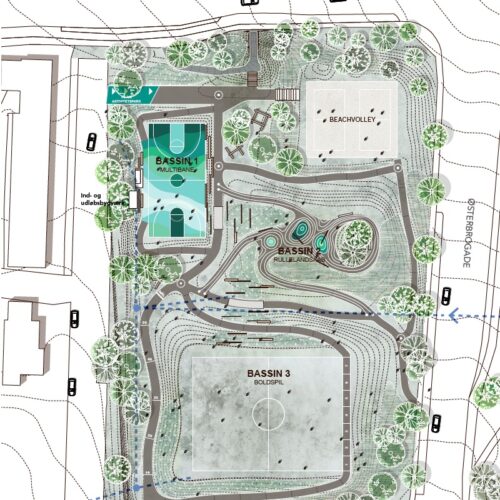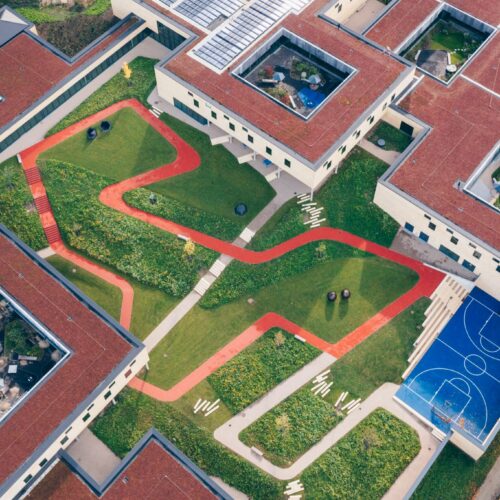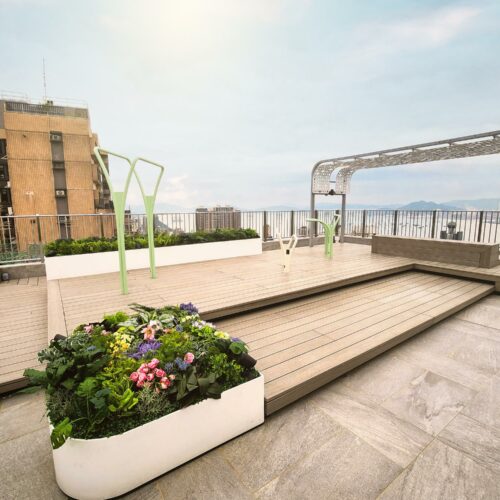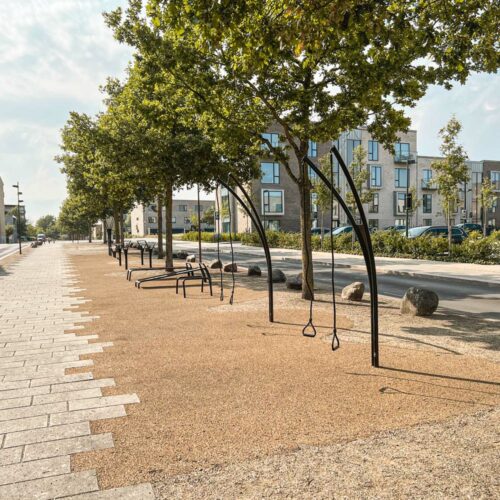City parks with SUDS technology and fitness equipment Parks around the world are being transformed into multifunctional areas that serve both as green spaces and as local water collection and...
Read More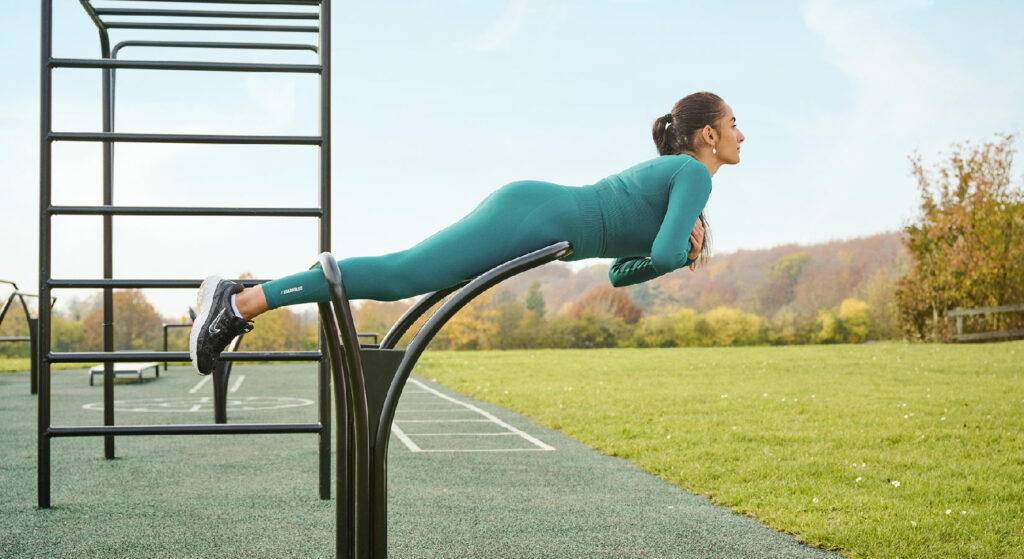
Requirements for Outdoor Fitness -EN:16630 (ASTM F3101-15)
Discover essential information about fall heights, fall distances, safety zones, and more for the establishment of your upcoming fitness area with the EN16630 standard.
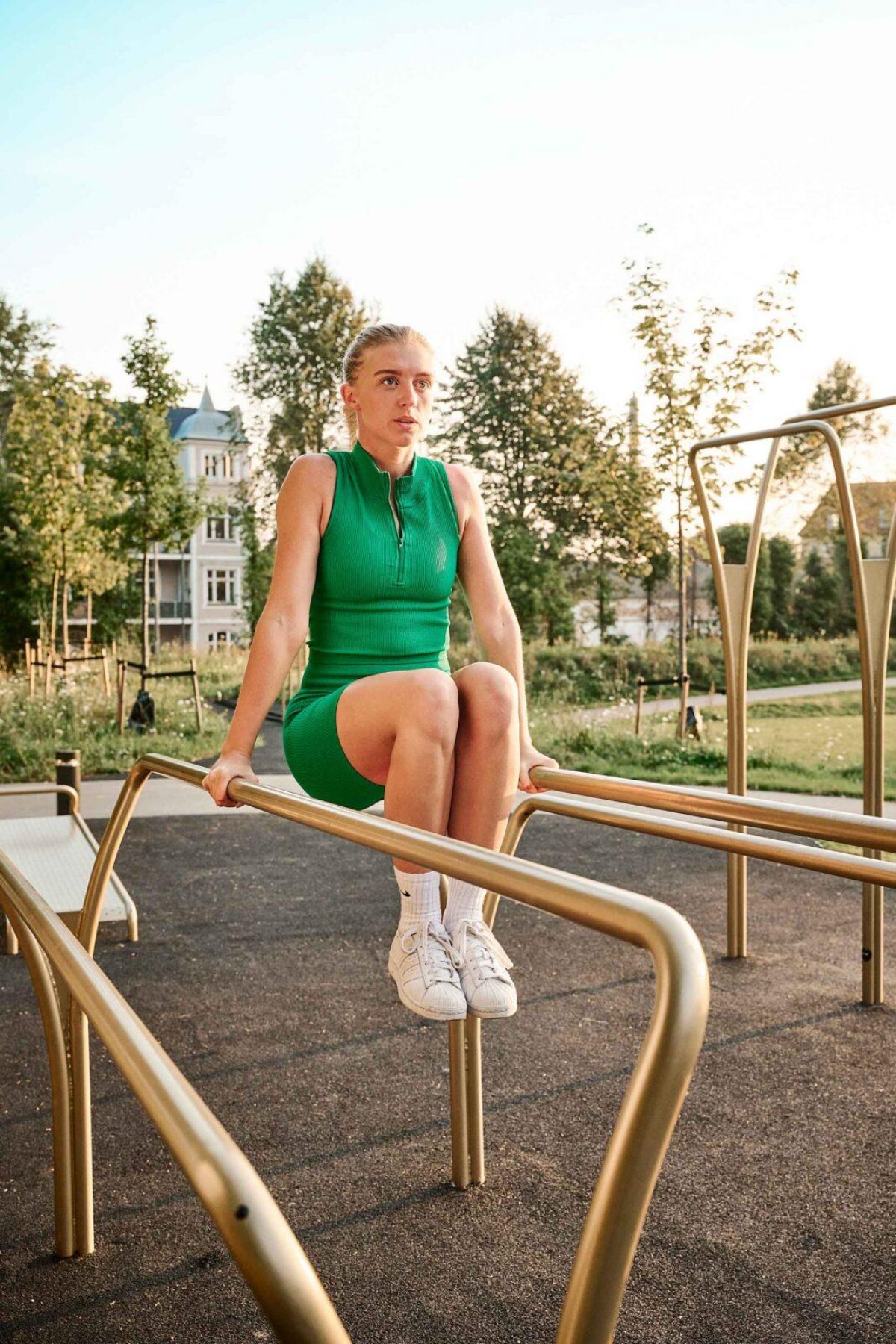
European Standard for Fixed Outdoor Fitness Equipment - EN:16630 (ASTM F3101-15)
The European standard for fixed outdoor fitness equipment is known as EN:16630. This standard is applicable throughout Europe and is intended to facilitate cross-border transactions for users/buyers of outdoor fitness equipment. It provides a common approach to safety and recommendations for establishing new exercise facilities.
EN:16630 establishes general safety requirements for the manufacture, installation, inspection, and maintenance of fixed, freely accessible outdoor fitness equipment.
EN:16630 offers recommendations for fall height, exercise space, fall zones, movement areas, testing methods for neck entrapment hazards, outdoor gym surfacing and many other safety considerations that are essential when creating a new exercise area.
In the following sections, we have attempted to highlight some of the most important recommendations outlined in EN:16630 to best prepare you for utilizing NOORD’s outdoor fitness equipment in your upcoming projects.
Note: This should not be regarded as a comprehensive reference but rather as guidelines we have compiled based on our best knowledge. NOORD does not assume responsibility for any missing or incorrect information, as well as any resulting consequences. We recommend conducting an in-depth review of EN:16630. Independently.
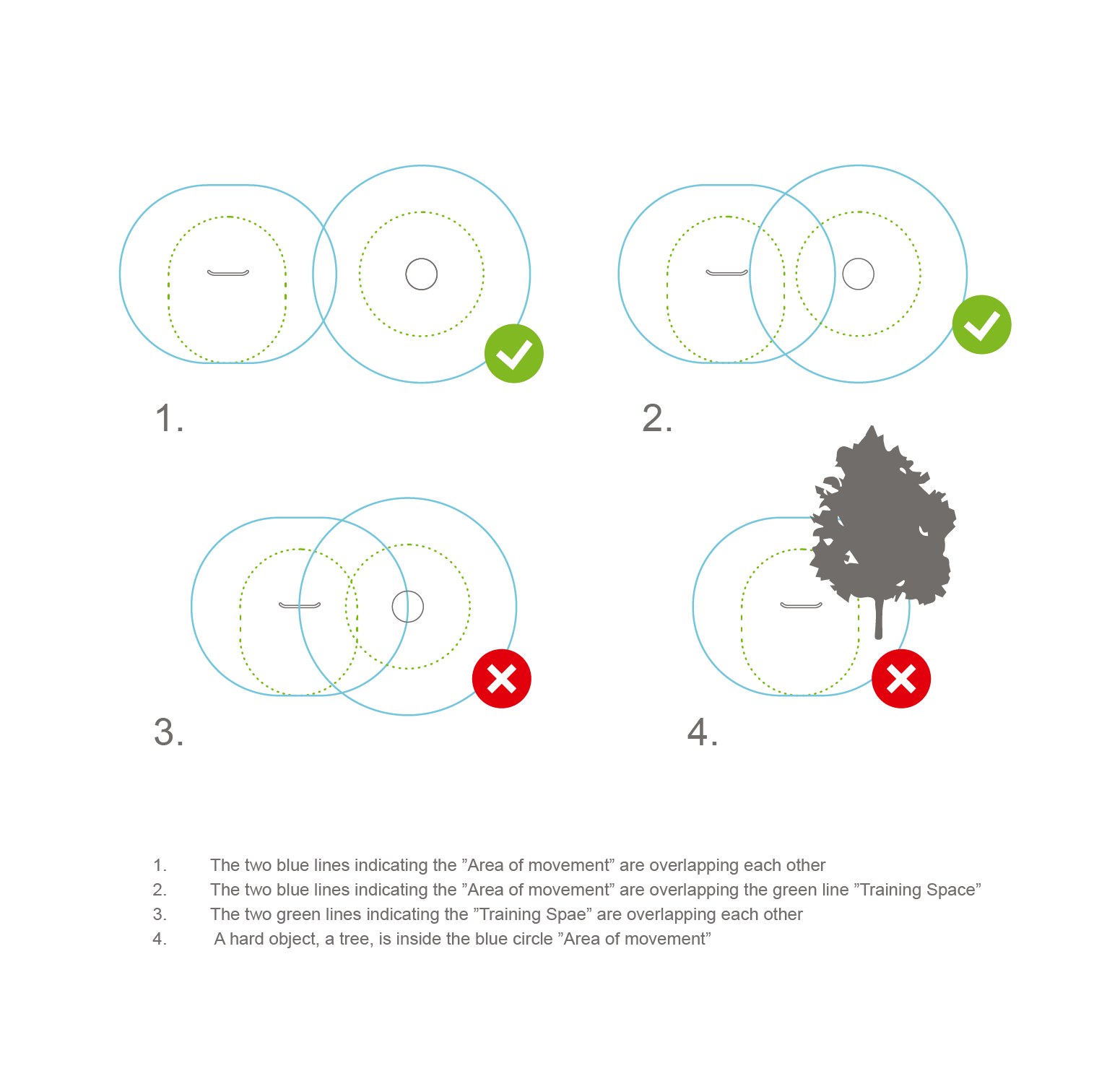
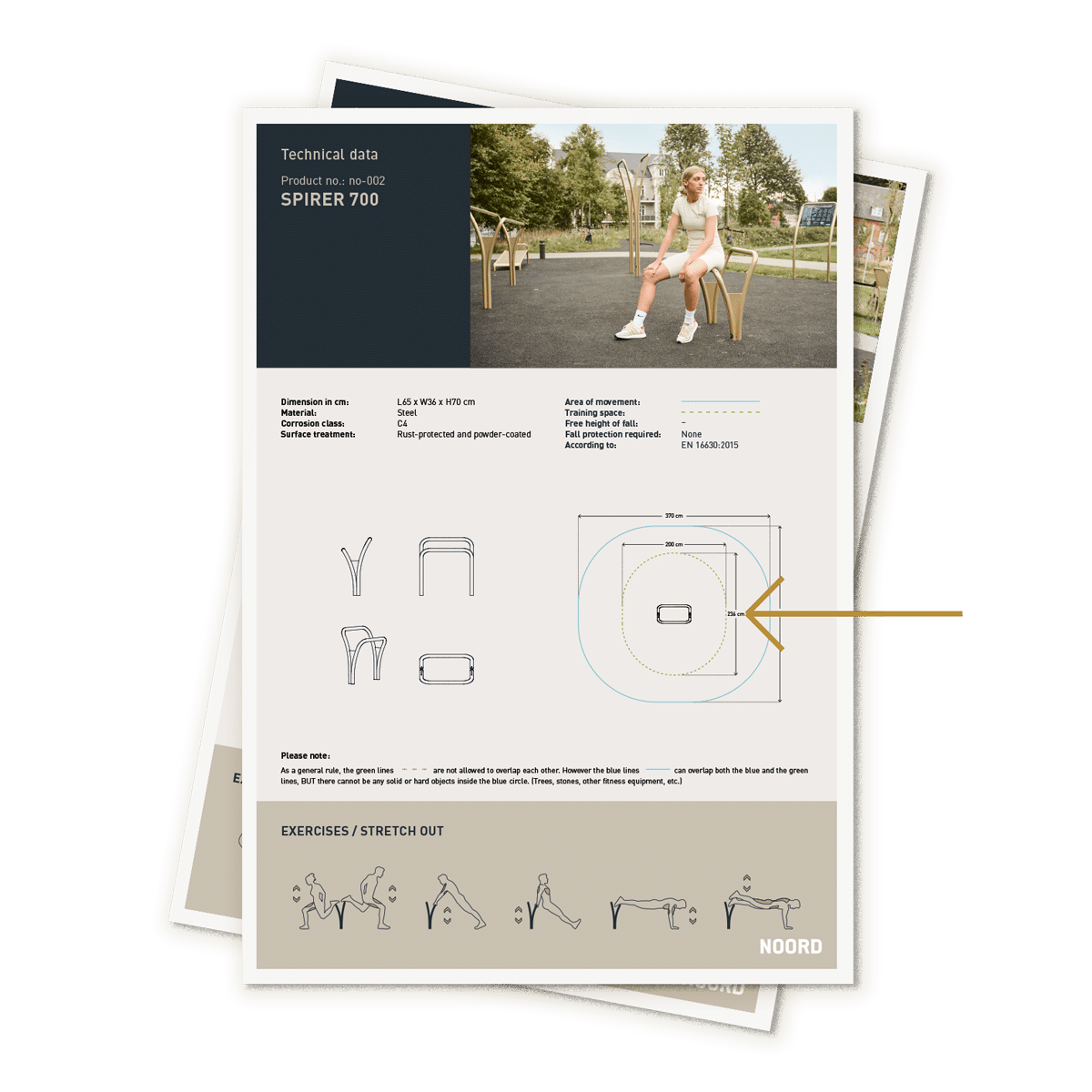
"Training space," refers to the space required for equipment exercises
When establishing a fitness area, it’s crucial to be aware of the product’s “training space” according to EN16630.
The training space describes the area in, above, or around the fitness equipment itself. The training space must be spacious enough for the user to use the fitness equipment for its intended exercise without any risk or interference during the exercise.
There should be no hard elements such as concrete edges, curbstones, lamp posts, trees, other fitness equipment, etc., within the training space of each product. If you have two pieces of equipment placed side by side, their training spaces must not overlap.
To make it easy, at NOORD, we have marked the training space with a green dashed line on all our data sheets/technical drawings (see illustration).
Fall distance and safety zone, calculation of the "Area of movement"
When establishing a fitness area, it is important to be aware of the fall distance for individual products. The fall distance is of great significance in determining how many products can be accommodated in your area and how closely they can be placed. Even though you have a safe outdoor gym surfacing.
It describes the space or area that must be free of hard objects such as curbstones, lamp posts, trees, and other fitness equipment. Additionally, it is the area that must be covered with a shock-absorbing surface under the following conditions:
- When the free fall height exceeds 1 meter
- When the equipment imposes a mandatory movement on the user. For example, a swing has a mandatory movement because you cannot simply stop the motion once it starts swinging.
Deviation: If the fitness equipment is mounted on or against a wall at the same height as the training space, the area of movement can be reduced.
Fundamentally, the fall distance is always a minimum of 1.5 meters. All products with a fall height between 0 and 1.5 meters have a fall distance of 1.5 meters. If the fall height exceeds 1.5 meters, the fall distance can be calculated using the formula provided in our paving catalog on page 7.
In contrast to the training space, areas of movement can overlap, as long as there is no mandatory movement involved. The areas of movement for two products placed close to each other can overlap. However, it’s essential to ensure that none of the products are positioned within each other’s area of movement.
Learn how to calculate the “Area of movement” in our catalog. Download it here.
To simplify matters, at NOORD, we have marked the “Area of movement” with a blue circle on all our data sheets and technical drawings.
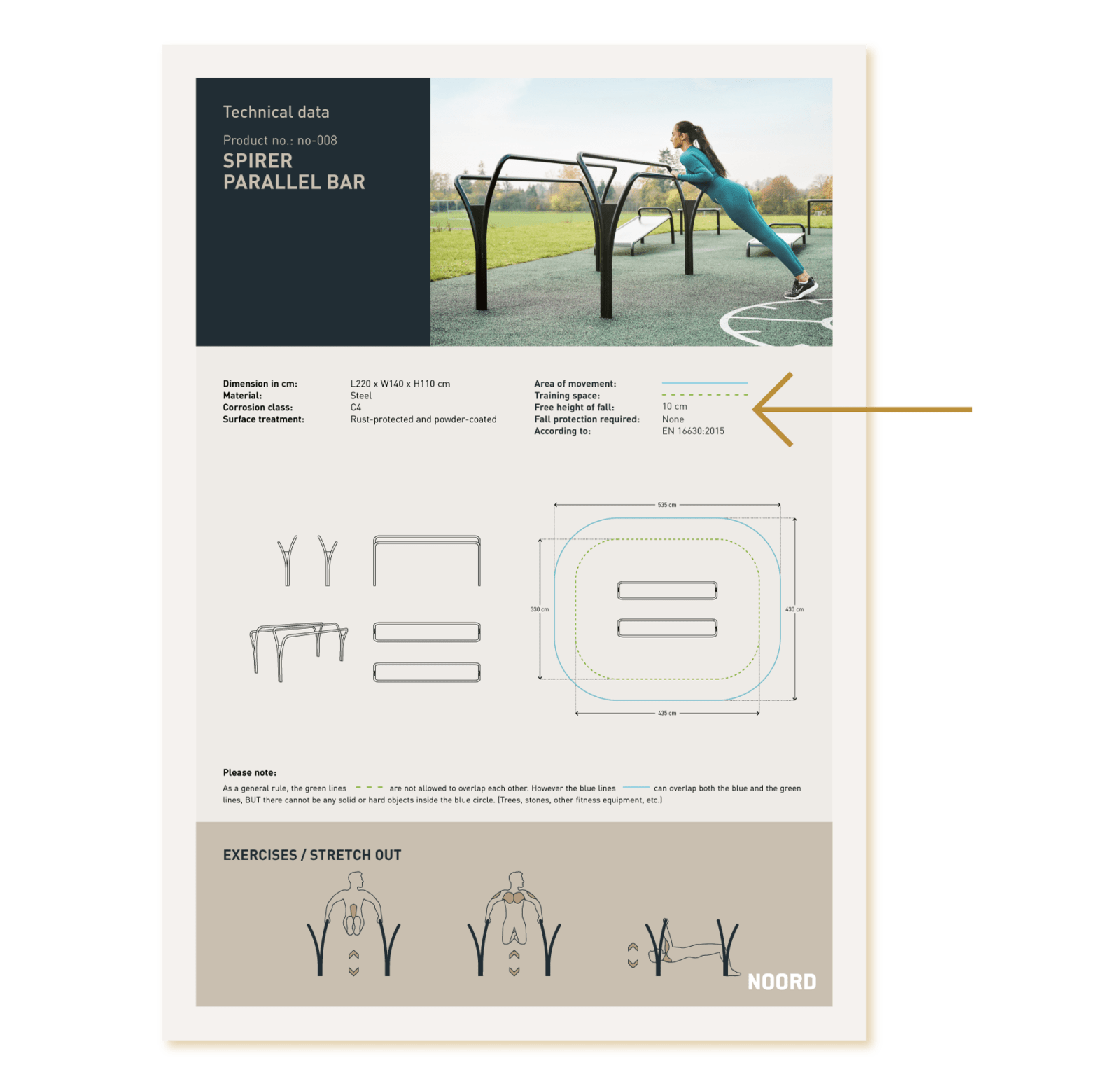
Is there a need for impact-absorbing surfacing? The concept of "Free height of fall"
When establishing a fitness area, it’s crucial to understand the fall height of fitness equipment to comply with the European standard. The purpose of the fall height is to determine whether impact-absorbing surfacing is required beneath the product, and if so, which type of surfacing is needed and what thickness it should have.
We often receive questions such as: Can we get by with grass beneath the fitness equipment? Do we need to use wood chips or bark? And can we set up our fitness area on a concrete surface or on the asphalt in the schoolyard?
Understanding the fall height will help answer these questions and ensure that you meet the necessary safety standards for your fitness area.
At the most fundamental level, it is required that impact-absorbing surfacing is present under all products with a fall height of more than 1 meter.
Below, we have outlined the recommendations that apply to calculating the fall height for various products.
- In a standing exercise, the free fall height is calculated from the foot support to the surface below. This could be, for example, a step or a jump box. The measurement is taken from the highest point where it is estimated that the feet will be positioned. The maximum allowable free fall height for standing exercises is 2 meters.
- For sitting or lying exercises, the free fall height is calculated from the seat to the surface below. The maximum allowable free fall height for these exercises is 1 meter.
- In hanging exercises where the body’s only contact point is the hands, the free fall height is calculated from the grip/handle, minus 1 meter, to the surface below. For instance, if you have a piece of equipment like Spirer 1800, which is 1800 mm high, the fall height would be calculated as 1800 – 1000 = 800 mm. In this case, there is no requirement for impact-absorbing surfacing. However, for equipment like Spirer 2300, which is 2300 mm high, there is a fall height of 1300 mm (1.3 meters), and thus, impact-absorbing surfacing would be required. The maximum allowable free fall height for hanging exercises is 3 meters.
What does it mean when the fall height is under 1 meter? It means there is no requirement for impact-absorbing surfacing, and you can choose the type of surface you prefer for the products.
At NOORD, we provide “Free height of fall” information on all our technical data sheets, as shown in the example illustration.
You can find our fitness equipment here. Under each product, you will find the technical data.
The types and thicknesses of surfacing depend on the allowable free fall height
With a fall height of less than 1 meter do not require a special soft impact-absorbing surface. What about products like Spirer 2300 that require an impact-absorbing surface? What types of surfacing are appropriate to use, and what thickness should be employed?
We have provided some examples of commonly used ground surface materials based on the free fall height. Get informed about outdoor gym surfacing.
Fall heights for different ground surface materials:
- Asphalt/Concrete/Stone: Maximum fall height 1 meter. Asphalt is acceptable for fall heights between 0 and 1 meter.
- Soil Layer: Maximum fall height 1.2 meters
- Lawn: Maximum fall height 1.5 meters
- Bark/Chips: Layer thickness 200 mm = fall height 0 – 2 meters. Layer thickness 300 mm = fall height 3 meters
- Sand/Gravel: Layer thickness 200 mm = fall height 0 – 2 meters. Layer thickness 300 mm = fall height 3 meters Rubber Surfacing: Layer thickness 30 mm = fall height 1 meter. 70 mm = fall height 2 meters. Thickness varies depending on fall height. See illustration.
Please note that an additional 100 mm should be added to the minimum layer depth for loose materials. For bark/chips, this means a requirement of 300 mm for a fall height of 2 meters. The same applies to sand and gravel.
At NOORD, we always recommend using rubber outdoor gym surfacing as an impact-absorbing material. Rubber surfacing is commonly used beneath fitness equipment and on playgrounds because it is an extremely soft and flexible material. The thickness of the surfacing varies from 30 to 140 mm depending on the specific fall height. Our surfacing is certified to match the highest approved fall height of 3 meters, ensuring compliance with all regulations in EN1176-77.
For your convenience, we have prepared an illustration so that you can easily determine the thickness you need for your upcoming project.
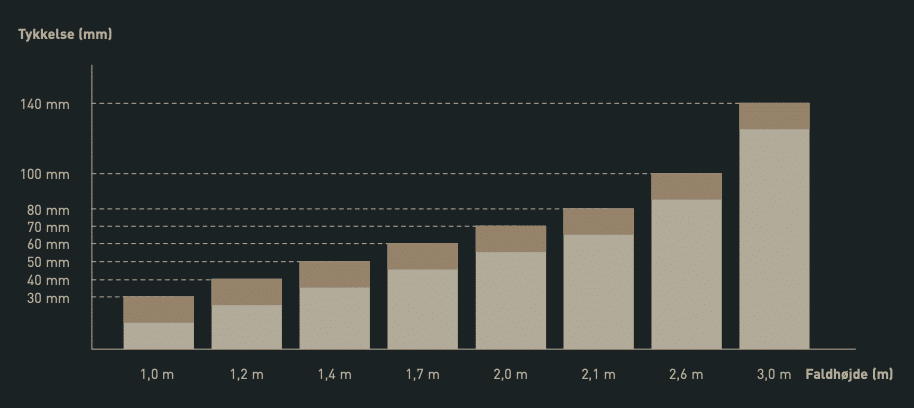
See our range of products
NOORD presents a wide and solid product range of outdoor fitness equipment and OCR/obstacle courses. All equipment with the same good properties, where functionality and aesthetics are paramount. Our minimalistic Danish designed and produced equipment is produced with consideration for the environment and with a minimal carbon footprint. We are proud to be able to maintain all production in Denmark for the benefit of the environment.
See our full range of outdoor training equipment, which we call “Spirerne” – or “The Sprouts” in English. NOORD’s training equipment is aimed at both experienced and inexperienced users.
NOORD has developed equipment for an obstacle course race that can be used as a fun and challenging way to train in order to increase strength, endurance, balance and coordination.
Why invest in outdoor gym equipment?
There can be many good reasons to invest in outdoor gym equipment as it can contribute to outdoor socializing as well as good workout spots. We work with a wide range of customers from institutions like schools and kindergartens to activity equipment and housing associations that want aesthetically pleasing active outdoor areas and outdoor gym surfacing.
In addition to complying with EN16630 standards for outdoor fitness equipment, we also have a strong focus on sustainable production. Our designs are Danish-made to the highest standards. Furthermore, our designs are timeless and you can choose from our +180 different colors and shades to match the surroundings you are in.
See our full range of outdoor training equipment, which we call “Spirerne” – or “The Sprouts” in English. NOORD’s training equipment is aimed at both experienced and inexperienced users.
New Forensic Psychiatry at Sankt Hans in Roskilde
New Forensic Psychiatry at Sankt Hans in Roskilde An award-winning building was ready for inauguration in 2022. The Danish health building of the year 2022 was the forensic psychiatry at...
Read MoreRoof terraces – Inspiration for active rooftops
Roof terraces are increasingly being used as active spaces Roof terraces are more and more often used for purposes such as relaxation, barbecue evenings and much more. At NOORD Outdoor...
Read MoreElegant fitness park in Roskilde, Denmark
Elegant fitness park in Roskilde, Denmark NOORD Outdoor Fitness has delivered a fitness park with outdoor fitness equipment and wetpour rubber surfacing to the municipality of Roskilde in Denmark. The...
Read MoreContact Us
If you are looking for a professional business partner, you have come to the right place. We take pride in providing an extraordinarily good service. Our team has many years of experience and we are happy to be available to you when you need advice or sparring for your project.

